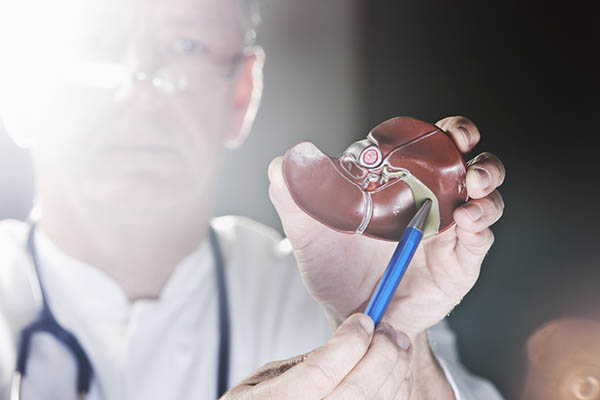What You Need to Know About Gallstones and Surgery Treatment Options
Gallstones can lead to intense abdominal pain and other complications if left untreated. While there is no guaranteed way to prevent gallstones, understanding the associated signs, symptoms, and treatments may go a long way in helping you manage them. In this blog post, we’ll explore what you need to know about gallstones and the different surgery treatment options available for those suffering from them. We’ll also discuss the various risk factors that could cause someone to develop gallstones, as well as how they can be managed with lifestyle changes or medications where necessary. Stick around until the end of this post, where we’ll review everything in more detail!
What causes gallstones, and what are the symptoms of having them
Gallstones are small, hard deposits that form in the gallbladder, a small sac located beneath the liver. The exact cause of gallstones is still unknown, but some of the factors that contribute to their development include genetics, age, gender, and obesity. The symptoms of having gallstones can vary from person to person and include pain in the right upper abdomen, nausea, vomiting, fever, and yellowing of the skin and eyes. Gallstones can be detected through imaging tests and blood tests, and if they are causing significant discomfort or posing a risk to one’s health, surgery may be required to remove them. It is important to seek medical attention if you experience any of these symptoms, as gallstones left untreated can lead to serious complications.
Risk factors associated with gallstones and who is most likely to get them
Gallstones can be very painful and can often lead to serious health complications. There are a number of different risk factors associated with gallstones, and certain groups of people are more likely to develop them than others. Those who are obese or overweight are at a higher risk, as are women, those over the age of 40, and individuals with a family history of gallstones. Symptoms of gallstones can include pain in the upper abdomen, nausea, vomiting, and fever. In severe cases, surgery may be needed to remove the gallbladder. It’s important to be aware of the risk factors for gallstones and to speak to a doctor if you experience any symptoms.
Non-surgical treatments available for gallstones
Gallstones, small, hardened deposits that can form in the gallbladder can be incredibly painful for those who suffer from them. While surgery is often a common treatment for this condition, there are actually a variety of non-surgical options that can provide relief. These treatments range from medication to dietary changes and are tailored to each individual case. Some of the most common symptoms of gallstones include abdominal pain, nausea, and vomiting, which may indicate the need for medical attention. With a range of non-invasive treatments available, patients can find relief from their gallstone symptoms without going under the knife.
An overview of the different types of surgical procedures used to treat gallstones
Gallstones can be a painful and uncomfortable condition that affects many individuals. While non-surgical treatment options are available, sometimes, they may not be the best course of action. Fortunately, there are various surgical procedures available to treat gallstones, depending on the individual’s symptoms and condition. Some of the most commonly used procedures include laparoscopic cholecystectomy, open cholecystectomy, and endoscopic retrograde cholangiopancreatography (ERCP). Each of these procedures has its own benefits and drawbacks, and it’s essential to consult with a healthcare professional to determine which option is best for treating your gallstones. With these different surgical options, patients can find relief from their symptoms and regain their quality of life.
Factors to consider when deciding whether or not to have surgery for gallstones
Deciding whether or not to have surgery for gallstones can be a difficult decision to make. There are many factors that come into play when considering this option. The severity and frequency of symptoms may be the biggest factor to consider. Pain, nausea, and vomiting are all common symptoms of gallstones and can greatly impact one’s quality of life. Other factors to consider include the size and location of the gallstones, the overall health of the patient, and their personal preference for treatment options. Surgery is considered the most effective treatment for gallstones, but it is not always necessary. It’s important to discuss all options with a healthcare provider and make a decision that is best for the individual’s specific situation and needs.
Recovery time from a gallstone surgery and lifestyle tips for post-surgery care
Gallstone surgery may be necessary if you experience symptoms such as severe abdominal pain, nausea, or vomiting. The recovery time from this procedure varies, but most people are able to return to their normal activities within a few weeks. To ensure a smooth recovery, it’s important to follow your doctor’s instructions and make some lifestyle changes. For example, you may need to avoid certain foods or drinks, such as fatty or spicy foods, and stay well hydrated. Light exercise can also help speed up your recovery process. As you recover, pay close attention to your body and communicate any concerns or issues with your doctor. With proper care and attention, you can rebuild your strength and feel like yourself again after gallstone surgery.



 Close
Close